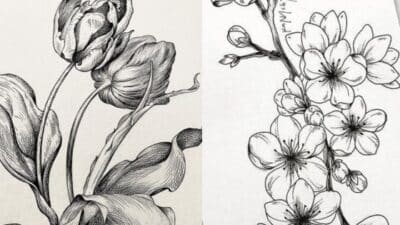Maintaining a daily sketching habit can transform your artistic journey, providing a space for creativity and skill development. Drawing for just five minutes each day builds consistency and helps you explore new techniques without feeling overwhelmed. Even the busiest individuals can find time for these quick sketch ideas that will fill your art journal with beautiful patterns and meaningful observations.
Wondering what to draw in your sketchbook? You’re not alone! Many artists struggle with finding inspiration for their daily practice. These five-minute drawing prompts are designed to spark your creativity and make sketching a joyful part of your routine rather than a chore. From capturing everyday objects to recording memorable moments, these ideas will help you develop your unique artistic voice.
1) Sketch a cozy cabin in the woods
Drawing a cabin nestled in the woods makes for a perfect daily sketch practice. You can start with a simple outline of the cabin structure, focusing on its basic geometric shapes before adding details.
Try using pencil for your initial sketch, which allows for easy corrections. You might add a touch of yellow for warm, glowing windows to create that cozy feeling, as seen in popular cabin drawing tutorials.
Consider the surrounding environment – add some pine trees, perhaps a winding path leading to the cabin door, or a small stream nearby. These elements help create a story within your artwork.
Pay attention to textures when sketching the cabin. The rough wood logs, shingled roof, and stone chimney with wispy smoke all add character to your drawing.
Practice different perspectives too. You might draw the cabin from a distance to capture its placement in the forest, or zoom in to show intricate details of the porch and entrance.
Don’t worry about perfection – the slightly imperfect lines often add charm to cabin sketches. This exercise helps you practice architectural elements while creating a peaceful, inviting scene.

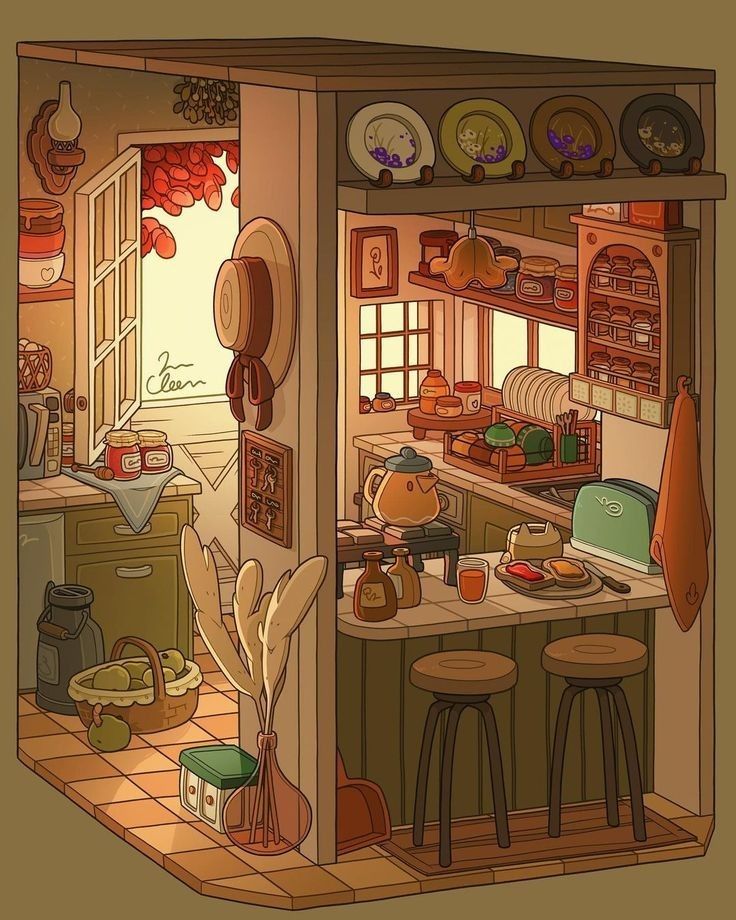

2) Draw your favorite childhood memory
Childhood memories are a treasure trove of inspiration for your daily sketches. Think about a moment from your childhood that brings you joy – maybe it was building sandcastles at the beach or riding your first bicycle.
When you sketch from memory, you’re not just creating art but also reconnecting with your past. The process can be surprisingly therapeutic and emotionally rewarding.
You don’t need to worry about perfect accuracy here. Let your emotions guide your hand as you capture the feeling of that special moment.
Try focusing on the key elements that stand out in your memory. Was it the giant tree you used to climb? The family pet that kept you company? Your favorite childhood toy?
Adding color can help evoke the emotional tone of the memory. Bright, vibrant colors might represent happy moments while softer tones could capture quieter times.
This exercise is personal and meaningful. Your sketch becomes a visual diary entry that preserves precious memories that might otherwise fade with time.
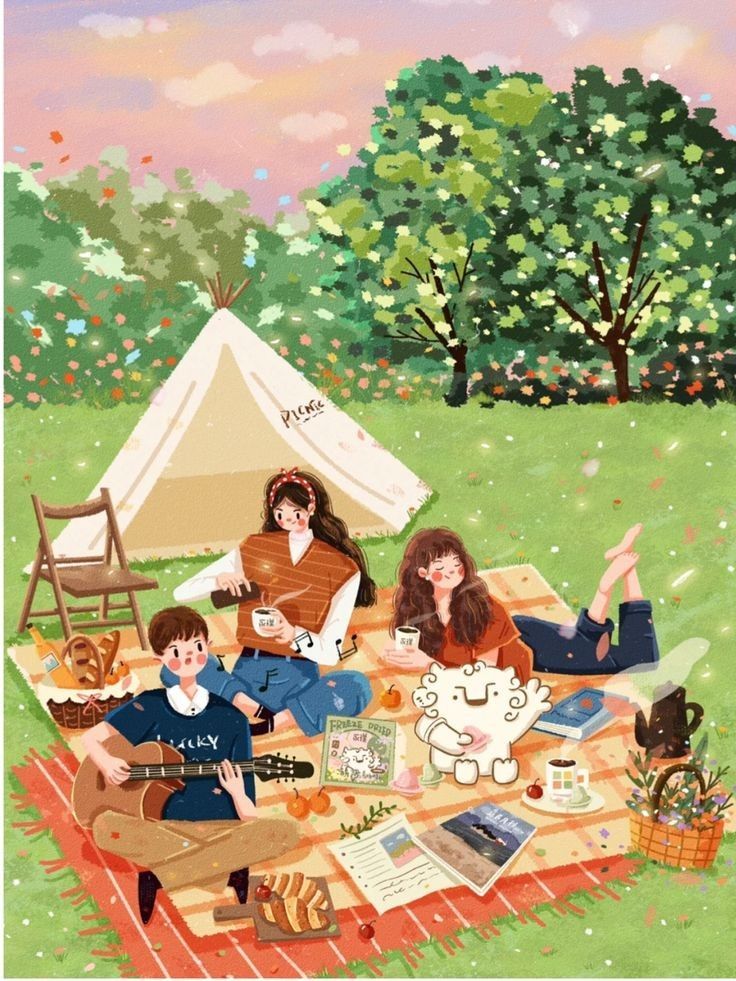
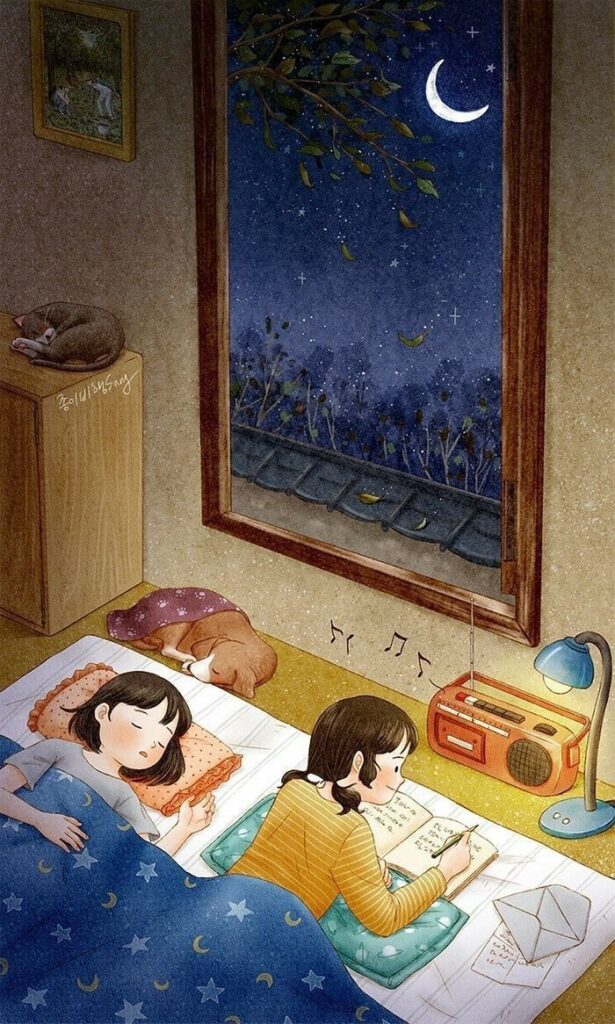
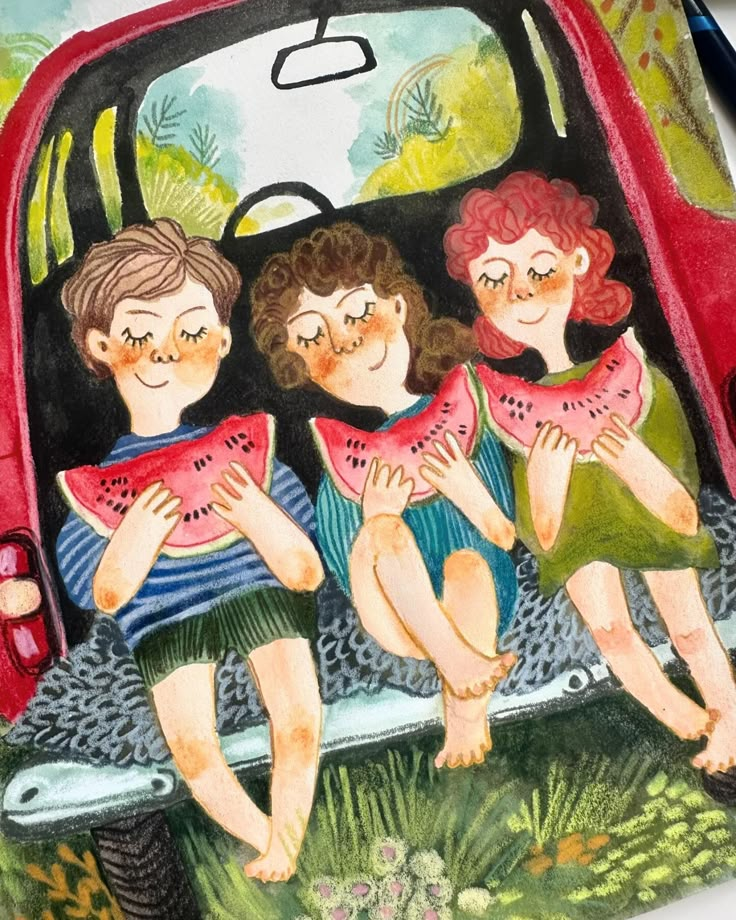
3) Create an animal with a twist, like a giraffe with wings
Drawing familiar animals with unexpected features is a fantastic way to stretch your creative muscles. Try sketching a giraffe with magnificent wings or a dolphin with butterfly appendages to break out of conventional thinking.
You don’t need special materials for this exercise—just your imagination and whatever drawing tools you have on hand. Start with the basic shape of your animal, then add the surprising twist element.
Consider how the animal might use its new feature. Would a winged giraffe soar above the savanna? Would its long neck help it spot landing zones from high above? These functional questions can guide your design choices.
This exercise combines observation with imagination. You’ll need to reference real animal anatomy while also inventing how unusual features might attach or function with the original body.
Don’t worry about biological accuracy. The point is creativity, not scientific precision. Your butterfly-eared elephant or octopus-tailed tiger doesn’t need to make evolutionary sense—it just needs to spark joy and creativity in your daily practice.


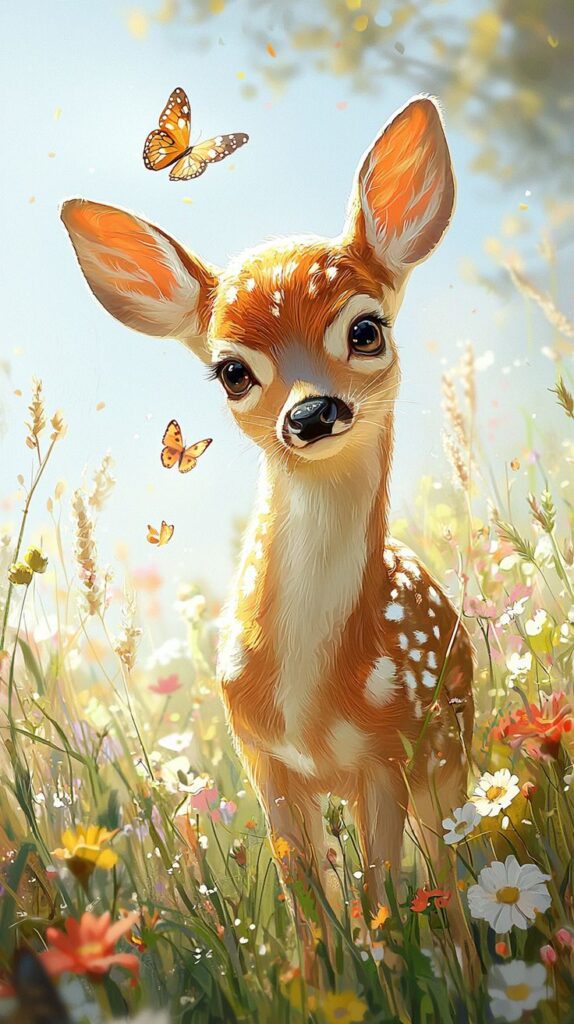
4) Illustrate a rainy day scene
Rainy day scenes offer a perfect opportunity to practice mood and atmosphere in your sketches. You can capture the reflection of light on wet surfaces or the way raindrops create ripples in puddles.
Try drawing a city street during rainfall, with people hurrying under umbrellas. Focus on the contrast between dark, rain-soaked areas and bright reflections from street lamps or store windows.
For a simpler approach, sketch a window view during a storm. Draw raindrops streaming down the glass and blurry outlines of the landscape beyond. This exercise helps you practice perspective and texture.
Don’t forget to experiment with different tools to create rain effects. Splatter techniques with white ink on dark paper can create stunning raindrop effects. Alternatively, use light pencil strokes for gentle drizzle or bolder marks for heavy downpours.
Consider the emotional quality of rain in your illustration. Is it a cozy, peaceful shower or a dramatic storm? Your color choices and line intensity can help convey these different moods.

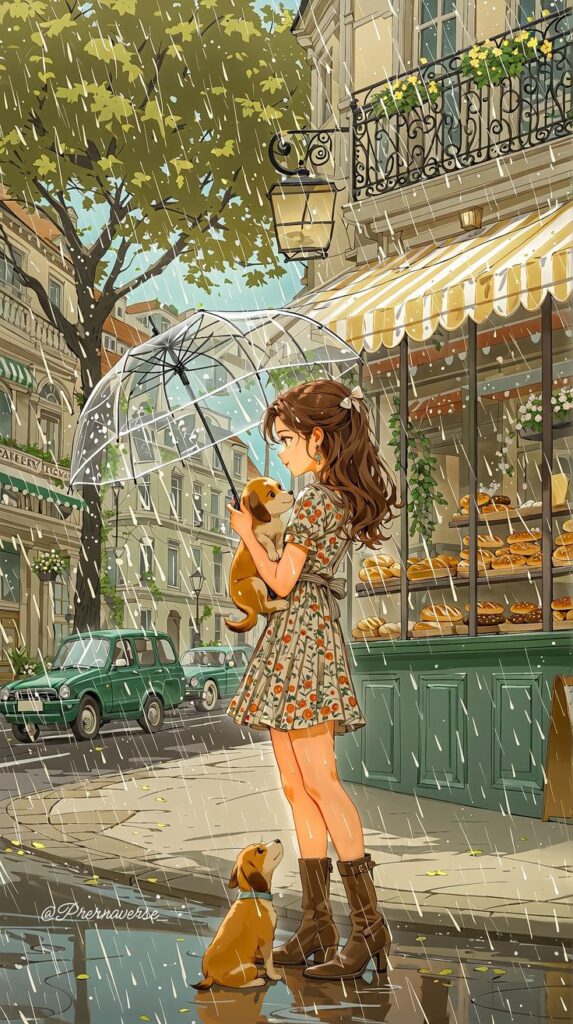
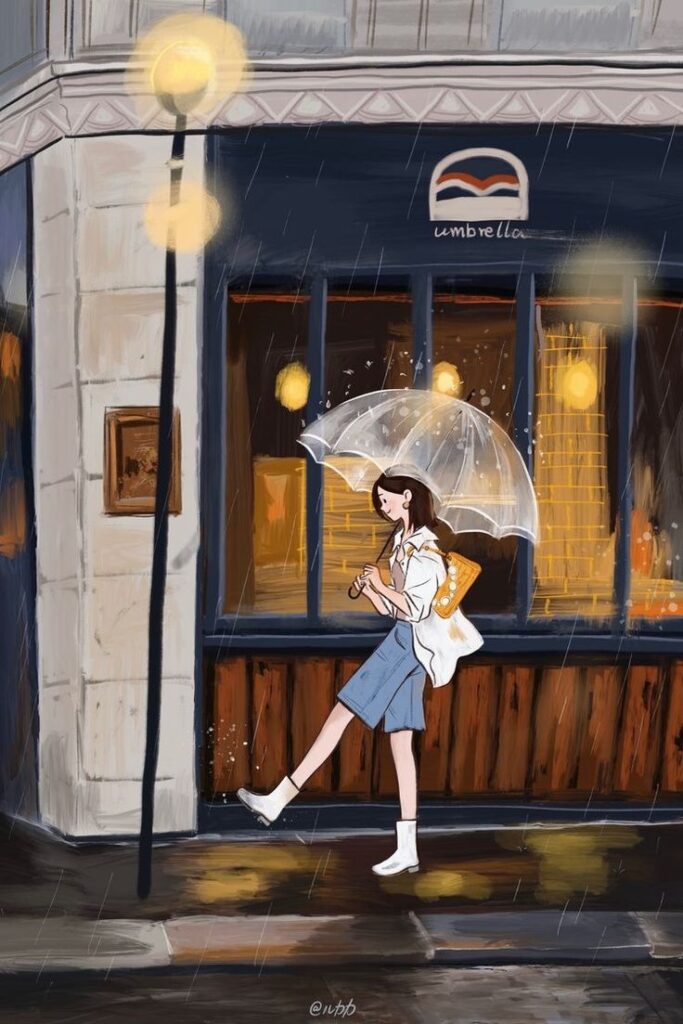
5) Sketch something inspired by your favorite song
Music and art have a natural connection that can spark creativity. When you’re feeling stuck for drawing ideas, turn to your favorite songs for inspiration. The emotions, imagery, and stories within lyrics can translate beautifully onto paper.
Try visualizing what you see in your mind when listening to a particular song. Does a certain lyric create a vivid picture? Perhaps the overall mood suggests colors, shapes, or scenes that you could capture in a sketch.
Many artists find this exercise particularly freeing because there’s no “right” interpretation. Your drawing might be literal—illustrating the narrative of the song—or completely abstract, representing how the music makes you feel.
BandLab can be a helpful tool if you want to record a musical idea before sketching it. This free app works well on phones for capturing quick musical inspirations that can later fuel your drawings.
This technique has become popular enough that some artists share “song-based doodles” online, challenging others to guess which song inspired their artwork. You might even turn this into a fun game with friends to guess each other’s musical inspirations.
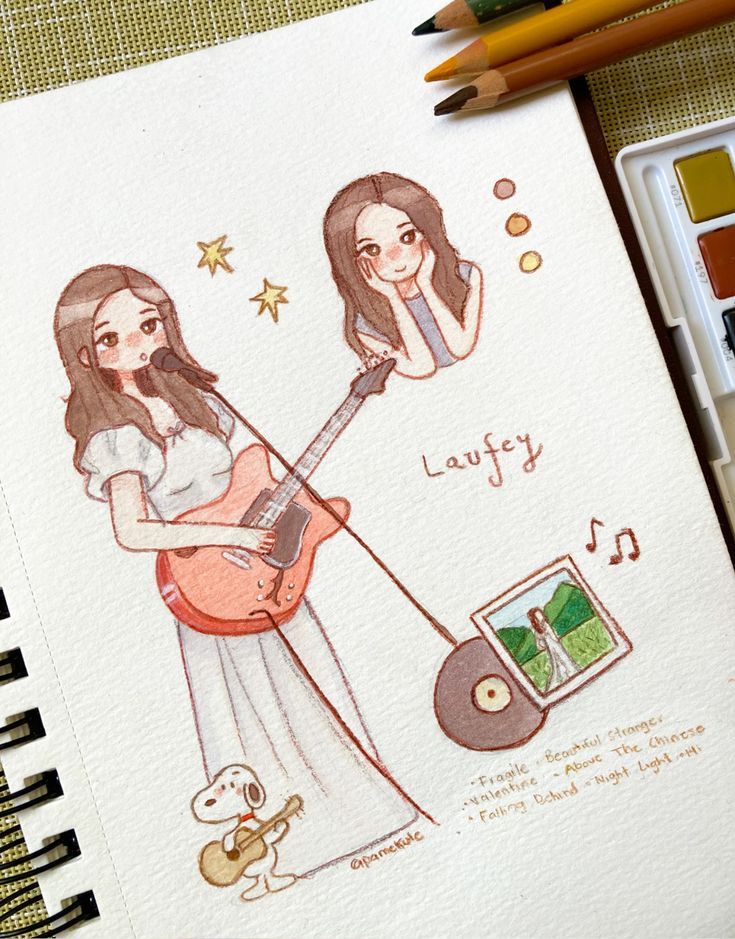
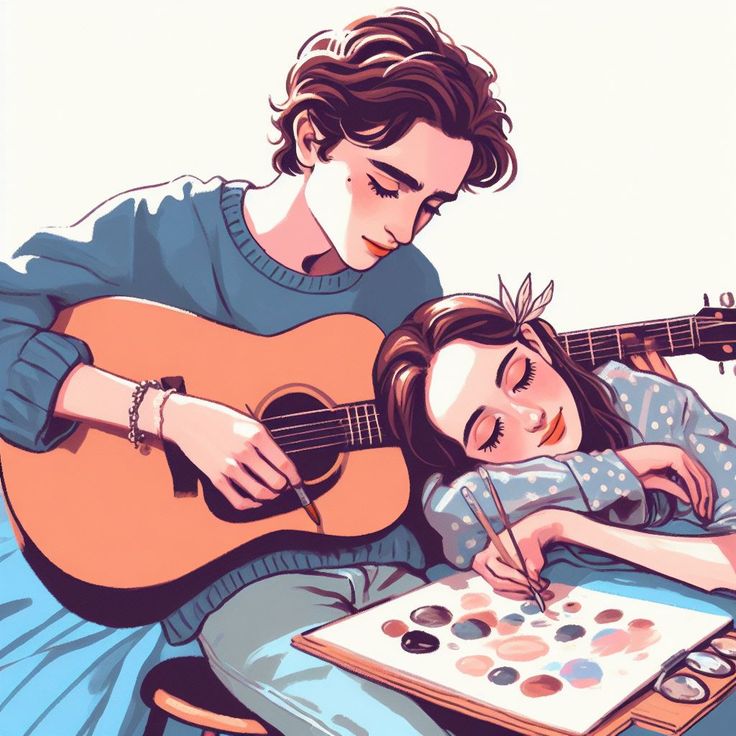
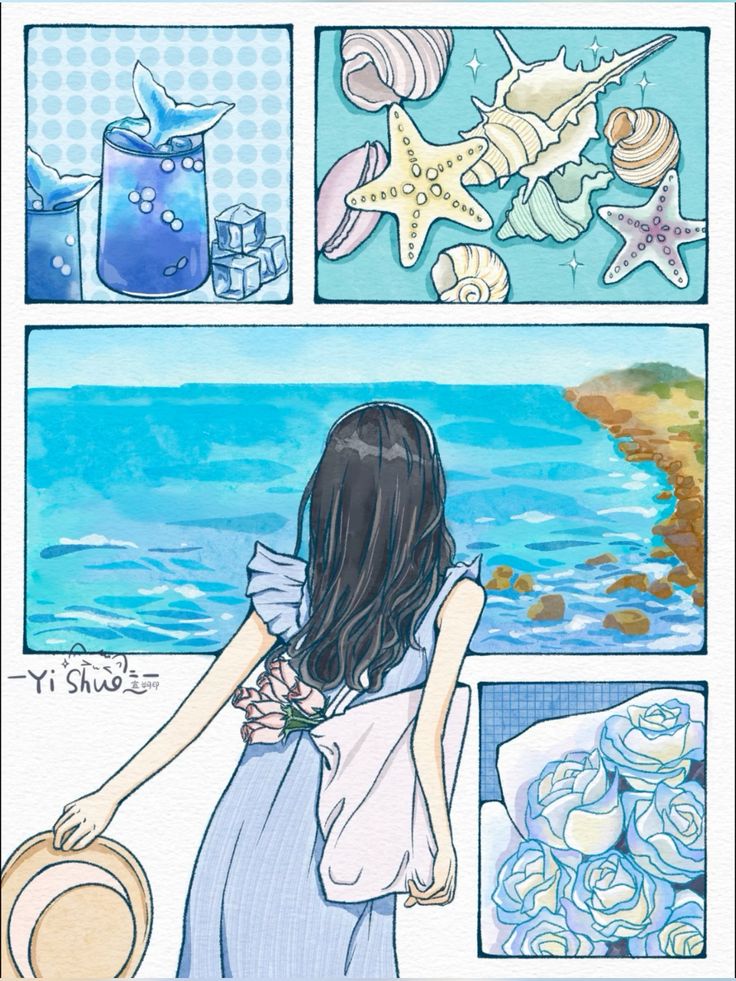
Building A Consistent Sketching Routine
Developing a regular sketching habit transforms your artistic journey from occasional practice to steady improvement. The key is creating a sustainable routine that fits your lifestyle and keeps you engaged.
Finding Inspiration Each Day
Finding fresh subjects to sketch doesn’t have to be a struggle. Keep a small notebook or use your phone to capture interesting visuals throughout your day.
Look around your immediate environment – household objects, plants, or the view from your window can make excellent subjects. You don’t need exotic locations to find beauty worth capturing.
Follow other artists on social media platforms for a quick dose of inspiration. Many artists share their daily sketches using hashtags like #dailysketch or #sketchdaily.
Try theme weeks where you focus on a single subject from different angles. This approach brings variety while maintaining a focused practice.
Remember that inspiration often comes during the act of drawing itself. Sometimes you just need to put pencil to paper and see where it takes you.
Setting Aside Time For Sketching
Consistency matters more than duration when building a sketching habit. Even 10-15 minutes daily will yield better results than occasional marathon sessions.
Identify your most productive time of day. Are you sharper in the morning, during lunch breaks, or in the evening? Schedule your sketching session during this optimal period.
Keep your sketching materials visible and accessible. Having your sketchbook and pencils ready eliminates barriers to getting started.
Try habit stacking by connecting sketching to an existing routine. Maybe sketch right after your morning coffee or before bed as part of your wind-down routine.
Be flexible but committed. Life happens, and some days you might miss your scheduled time. Don’t let one missed day derail your entire habit – just pick up again tomorrow.
Tips For Getting The Most Out Of Daily Sketches
Consistent practice is essential, but how you approach your daily sketches can dramatically impact your artistic development. The right techniques and mindset will help you extract maximum value from each drawing session.
Experimenting With New Materials
Try a different drawing tool each week to discover what resonates with your artistic style. Graphite pencils, charcoal, ink pens, and markers each create distinctive effects that can inspire new approaches to your subjects.
Don’t limit yourself to traditional sketching papers. Experiment with toned paper, textured surfaces, or even digital tablets if you’re curious about digital art.
Materials rotation schedule idea:
- Monday: Graphite pencils (various hardnesses)
- Tuesday: Ink pens or brush pens
- Wednesday: Charcoal or conte
- Thursday: Watercolor pencils
- Friday: Mixed media
Switching materials prevents you from getting too comfortable with a single medium. This discomfort zone is where real growth happens!
Tracking Your Artistic Progress
Take photos of your daily sketches and organize them chronologically in a digital folder or dedicated social media account. This visual timeline will reveal improvements you might otherwise miss.
Date each sketch and add brief notes about your techniques, challenges, or breakthroughs. These observations become valuable reference points when reviewing your journey.
Consider monthly review sessions where you compare current work with sketches from one, three, and six months ago. Look for improvements in proportion, line quality, shading, and composition.
Many artists find motivation in seeing tangible progress. Create a simple progress tracker in your sketchbook – perhaps a skills radar chart that you update monthly to visualize growth in different areas.
- 141shares
- Facebook0
- Pinterest141
- Twitter0


